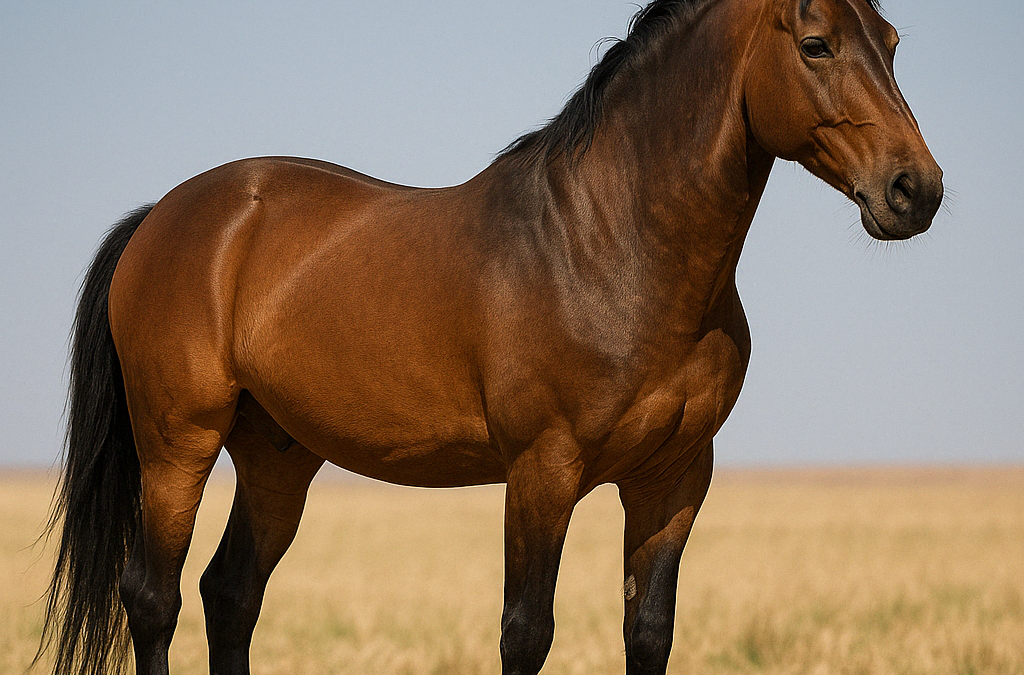The Horse (Equus ferus caballus): Humanity’s Faithful Companion
Introduction
The horse is one of the most iconic animals in human history. Domesticated around 5,000 years ago, it has played a central role in transport, agriculture, warfare, sport, and culture. This majestic herbivorous mammal is known for its strength, elegance, and loyalty to humans. Today, horses are found across every continent, serving utilitarian, sporting, and recreational purposes.
Physical Characteristics
-
Scientific name: Equus ferus caballus
-
Height: 1.30 m to 1.80 m at the withers (depending on the breed)
-
Weight: 400 to 1,000 kg
-
Lifespan: 25 to 30 years (sometimes longer in captivity)
-
Coat colors: chestnut, bay, black, gray, roan, pinto, and more
The horse has a slender build, expressive face, flowing mane, and powerful limbs ending in a single hoof. There are over 300 horse breeds, ranging from small ponies to massive draft horses.
Senses and Behavior
The horse is a social and herd animal with highly developed senses:
-
Panoramic vision up to 350°, ideal for detecting predators
-
Sensitive hearing, with mobile ears that capture distant sounds
-
Strong sense of smell, helpful for recognizing other horses and potential threats
Horses communicate through vocalizations (neighs, snorts) and subtle body language.
Habitat and Distribution
Wild horses originally lived in open plains and grassy steppes. Today, horses are found:
-
On farms and ranches across all continents
-
In equestrian centers, breeding facilities, and stables
-
In semi-wild conditions in regions like the Camargue (France) or Mongolia
Reproduction
-
Sexual maturity: 12 to 18 months (breeding usually starts at 3 years)
-
Breeding season: spring to summer
-
Gestation: around 11 months
-
Offspring: 1 foal (twins are rare)
-
The foal can walk within a few hours of birth
Uses of the Horse
Horses are highly versatile animals:
-
Work: transportation, agricultural labor (still used in some rural areas)
-
Sport and leisure: horseback riding, show jumping, dressage, endurance, polo
-
Therapy: equine-assisted therapy for individuals with disabilities
-
Tradition: military ceremonies, parades, cultural rituals, and more
Ecological and Cultural Importance
Though domesticated, horses impact the environment through grazing, natural fertilization, and preserving grassland ecosystems. Culturally, the horse is a strong symbol of freedom, nobility, and power across many civilizations.
Fascinating Facts
-
Horses can gallop up to 70 km/h (43 mph)
-
They sleep standing up but lie down for deep sleep
-
Horses can recognize human faces and remember associated emotions
-
Each horse has a unique personality — shy, playful, dominant, etc.
Conclusion
The horse is far more than a domestic animal: it has been a lifelong companion to humanity for millennia. As a symbol of freedom, hard work, and passion, the horse holds an honored place in both human history and natural ecosystems.

